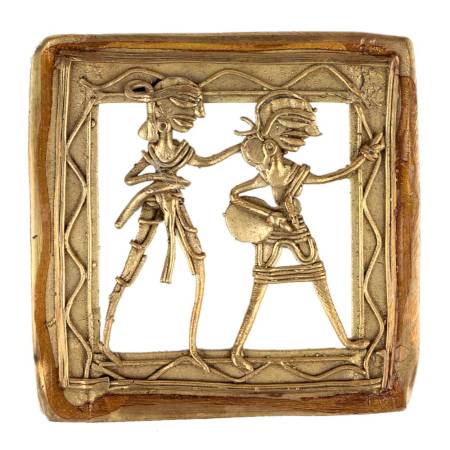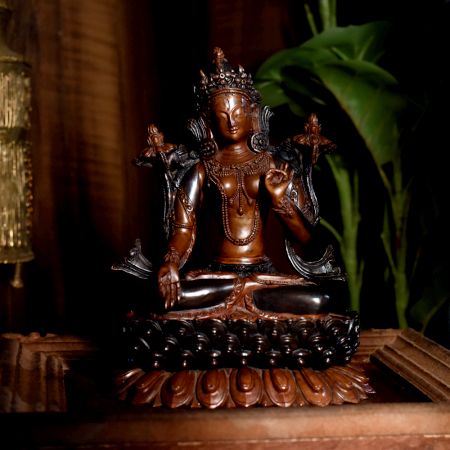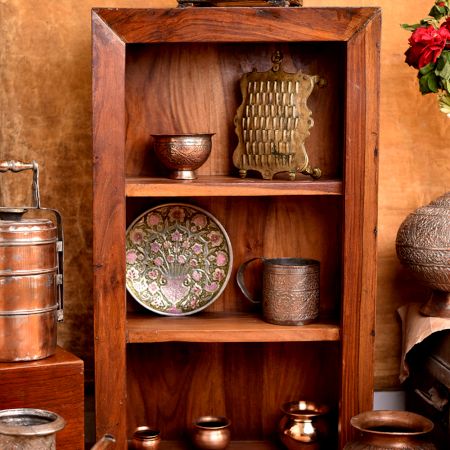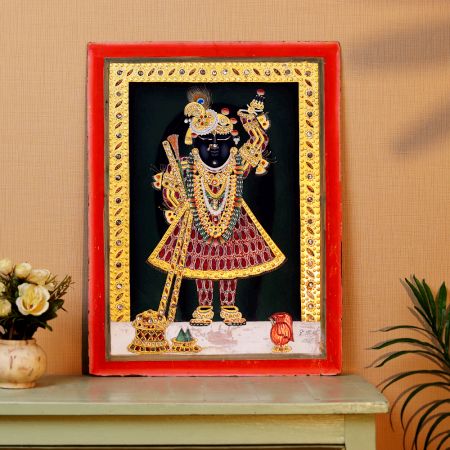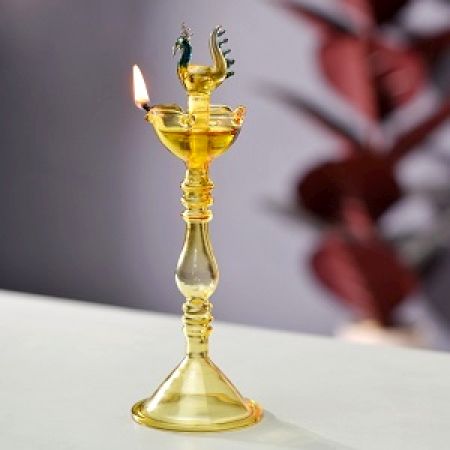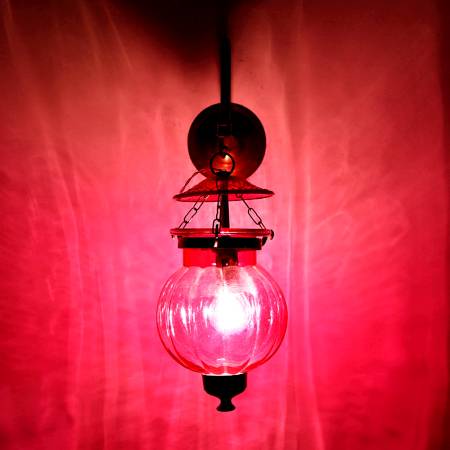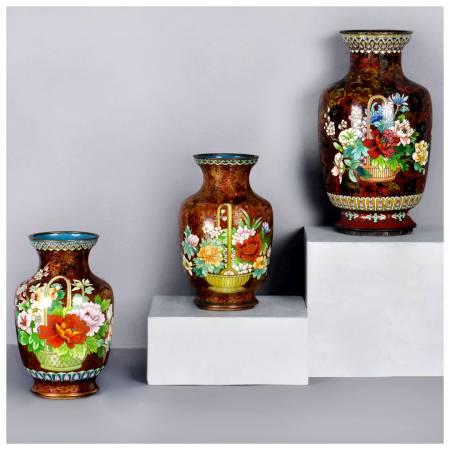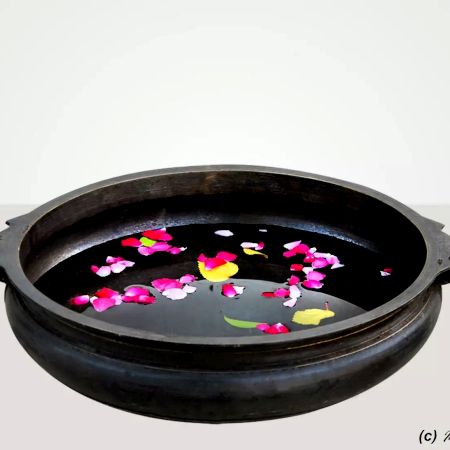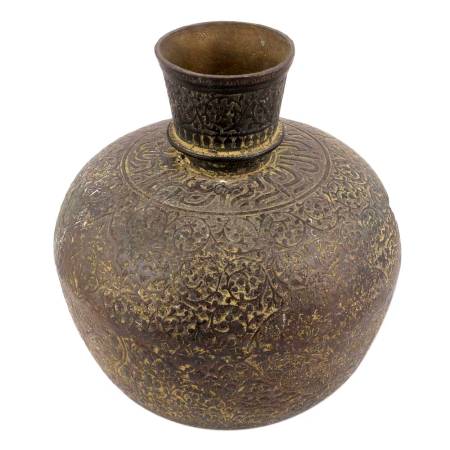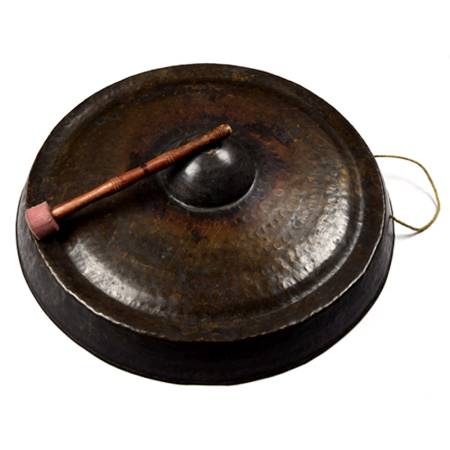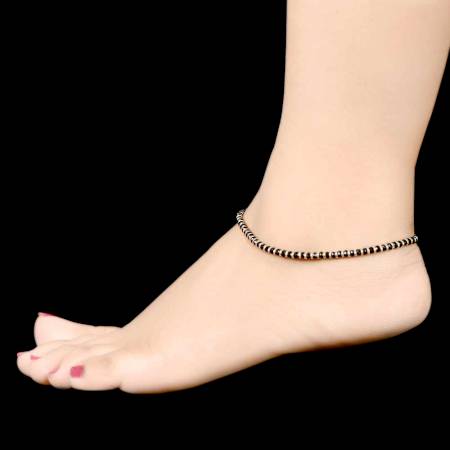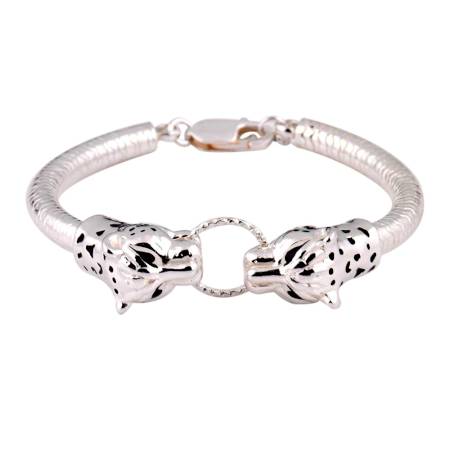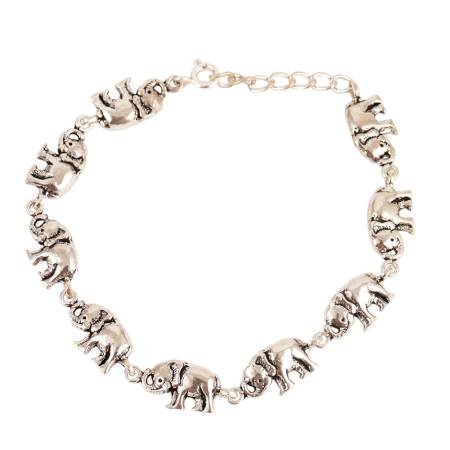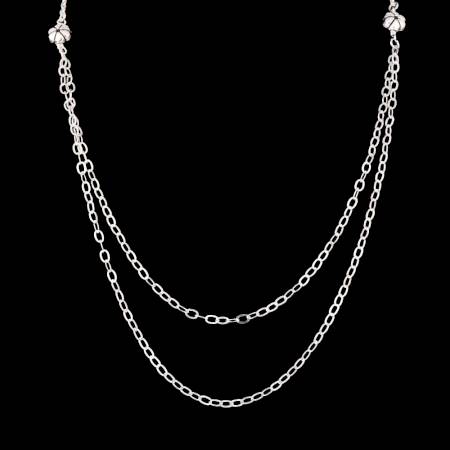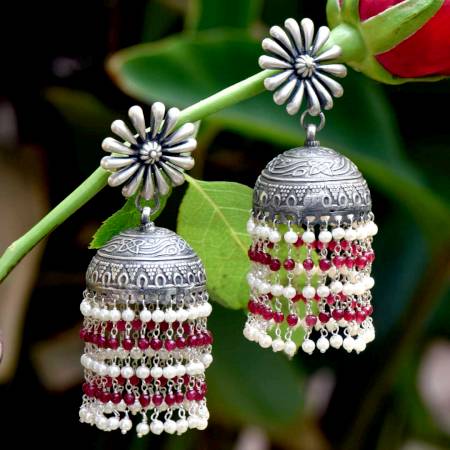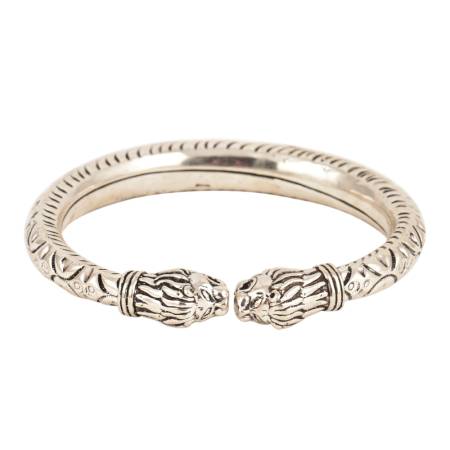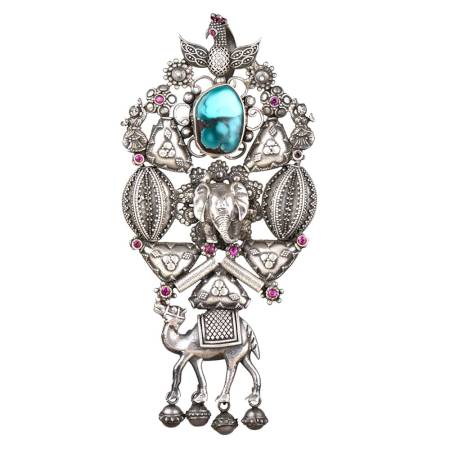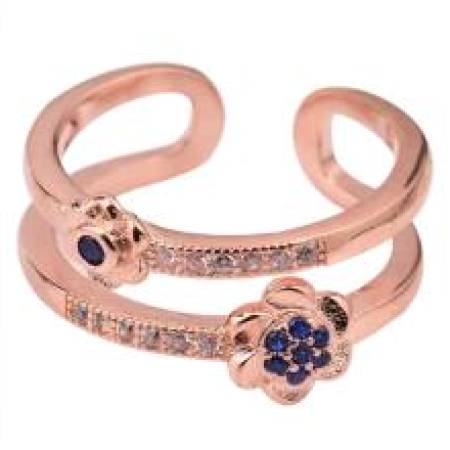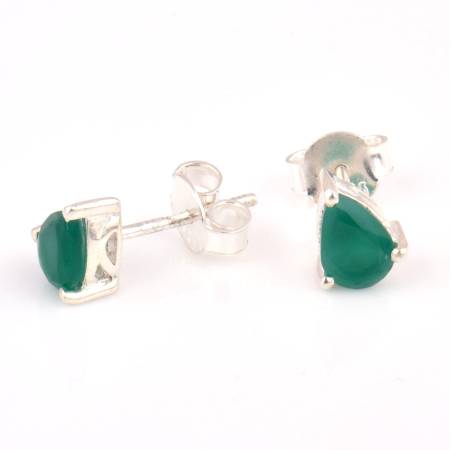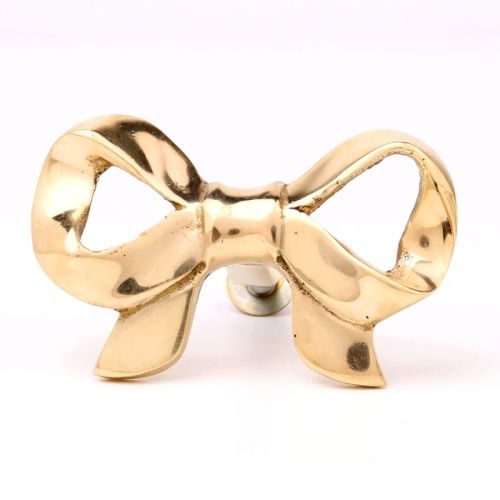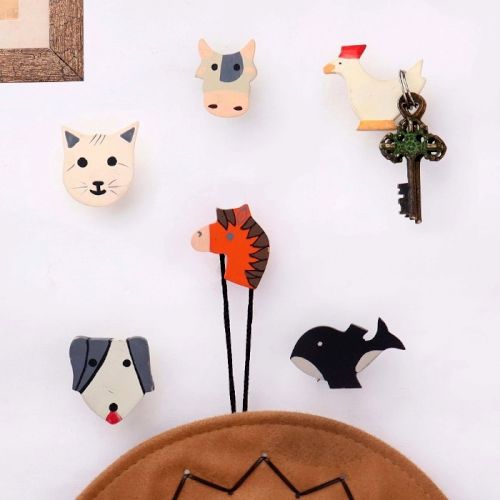Introduction to Copper Statues
Copper statues have maintained an enduring presence in art, spirituality, and decor, spanning centuries of craftsmanship and cultural significance. Copper, one of the earliest metals used by human civilization, holds a sacred and artistic value that transcends time and geography. The earliest evidence of copper use in art dates back to Mesopotamian and Egyptian civilizations, where it was molded into religious artifacts and ornamental pieces. In ancient India, copper statues were crafted with intricate detailing, symbolizing deities and embodying spiritual significance.
The malleability and resilience of copper made it ideal for sculpting complex forms, while its natural patina, a greenish or brownish surface layer formed through oxidation, added an element of timeless beauty. Today, copper statues are appreciated not only for their artistic value but also for their ability to enhance interior and exterior spaces with warmth, texture, and a deep sense of historical continuity.
Why Copper Statues Matter in Modern Aesthetics
In modern interior design, copper statues have emerged as versatile elements that bridge the gap between tradition and contemporary style. The rich, earthy tones of copper complement a wide range of design schemes, from minimalist to eclectic. Unlike gold or silver, copper exudes a subtle warmth, making it a preferred choice for creating inviting and balanced spaces. The reflective nature of copper allows it to interact dynamically with light, casting soft glows that enhance the ambiance of a room.
Furthermore, the natural aging process of copper, which results in a distinct patina, adds character and a sense of lived-in elegance to any space. The ability of copper to adapt to changing light and environmental conditions makes it a dynamic element in home decor, shifting in hue and texture over time. Its metallic sheen contrasts beautifully with organic materials like wood, stone, and fabric, creating a layered and harmonious visual experience.
Roles of Copper Statues in Home Decor, Aesthetics, Sophistication, and Luxury
Copper statues hold a prominent place in home decor, where they serve both decorative and symbolic purposes. Their presence introduces an element of refinement and cultural depth, transforming ordinary spaces into curated environments. Copper statues are often positioned as centerpieces in living rooms, entryways, and meditation spaces, where their reflective surfaces interact with natural and artificial light to create a dynamic visual effect.
- Aesthetics: Copper's warm hue and metallic finish create a striking contrast against both neutral and vibrant color palettes. The reflective surface of copper captures and diffuses light, adding depth and visual interest to a space.
- Sophistication: The craftsmanship involved in creating copper statues—ranging from fine etchings to smooth, polished finishes—reflects a level of artistry that elevates the overall atmosphere of a room.
- Luxury: The rarity of handcrafted copper statues and the skill required to create detailed patterns and textures enhance their perception as luxury items. The natural patina that develops over time adds an exclusive quality to each piece, ensuring that no two statues are identical.
- Spirituality: In addition to aesthetic value, copper statues often carry religious and spiritual symbolism. Statues of deities, such as Ganesha or Buddha, are believed to attract positive energy and prosperity, making them valuable not only as decor but also as spiritual anchors in a space.
Why Copper Statues Are Considered Luxury
Copper’s status as a luxury material is rooted in both its artistic and functional properties. The process of extracting, refining, and sculpting copper requires technical skill and meticulous attention to detail. The craftsmanship involved in creating copper statues—from initial molding to final polishing—reflects a labor-intensive process that enhances their value. The natural oxidation process, which leads to the formation of a unique patina, increases the artistic merit and rarity of each statue.
The association of copper with ancient art traditions, combined with its ability to withstand environmental factors without losing structural integrity, positions it as a premium material in art and decor. Statues crafted from pure copper often feature hand-applied finishes, including gold leaf accents or antique washes, further elevating their exclusivity. The artistic value of copper statues lies not only in their visual appeal but also in the cultural and historical narratives they embody.
Distinctive Qualities & Versatile Applications of Copper Statues
Copper statues stand out due to their unique combination of material strength and artistic flexibility. The physical and chemical properties of copper make it an ideal medium for creating detailed and durable sculptures.
- Durability: Copper's resistance to corrosion and weathering makes it suitable for both indoor and outdoor use. Over time, copper develops a patina that enhances its visual complexity without compromising structural integrity.
- Finish & Texture: Copper statues are available in a range of finishes, including polished, matte, brushed, and antiqued. The texture of copper allows for intricate detailing, including patterns, embossing, and sculptural depth.
- Design: Copper statues often feature motifs inspired by nature, mythology, and cultural traditions. Floral patterns, geometric shapes, and religious symbols are commonly incorporated into the design, reflecting the artistic heritage of copperworking.
- Vastu Shastra: According to Vastu principles, copper is believed to attract positive energy and balance. Copper statues depicting deities or natural elements are placed in specific directions to enhance harmony and prosperity in a space.
- Uses: Copper statues are suitable for a variety of settings, including homes, offices, art galleries, meditation spaces, and outdoor gardens. In home decor, they serve as both standalone pieces and part of larger design compositions.
How to Choose Copper Statues
Selecting the right copper statue involves evaluating design, finish, size, and symbolic meaning.
- Size and Scale: Larger statues serve as focal points, while smaller pieces can be arranged in clusters or paired with complementary decor.
- Finish: Polished finishes enhance brightness and reflection, while antiqued or matte finishes create a subdued and sophisticated effect.
- Design: Intricate carvings, embossed patterns, and detailed facial expressions add depth and artistic merit to a statue.
- Cultural Symbolism: Statues depicting deities, animals, or natural elements carry deeper spiritual and artistic significance.
How to Arrange, Direction, and Design with Copper Statues for Aesthetic and Luxury
Proper placement of copper statues enhances their visual and energetic impact within a space.
- Direction: According to Vastu, statues should face east or north to attract positive energy.
- Positioning: Entryways, living rooms, and dining areas serve as ideal locations for larger statues.
- Complementary Elements: Pairing copper statues with natural materials like stone, wood, or fabric creates a balanced and harmonious effect.
How to Clean and Maintain Copper Statues
Regular cleaning ensures that copper statues retain their natural shine and prevent tarnishing.
- Use a soft cloth to remove dust and surface dirt.
- Clean with a mixture of lemon juice and salt or vinegar to remove oxidation.
- Apply a thin coat of beeswax or mineral oil to protect the surface.
- Store in a dry environment to prevent moisture buildup.
Where to Buy Copper Statues
IndianShelf offers a curated selection of handcrafted copper statues, blending traditional techniques with modern design. Each piece reflects the artistry and cultural symbolism of copper sculpting, available in a variety of finishes and styles. IndianShelf’s commitment to quality and authenticity ensures that each statue is a valuable addition to any collection or decor.
Copper statues embody a harmonious blend of artistic expression, cultural symbolism, and functional elegance. Their distinctive material qualities, including durability, reflective sheen, and natural patina, make them versatile and enduring decorative elements. The ability to adapt to different design styles and environmental conditions enhances their relevance in modern interiors. Beyond their aesthetic appeal, copper statues carry deep cultural and spiritual meaning, connecting contemporary spaces with artistic traditions that have endured for centuries. Thoughtful selection, placement, and maintenance ensure that copper statues remain vibrant and meaningful for generations, making them not only objects of beauty but also cultural artifacts of enduring value.
